Aleje Marcinkowskiego
Marcinkowski Avenue
© Miejski Konserwator Zabytków
POL
near Poznań
Fetching images...
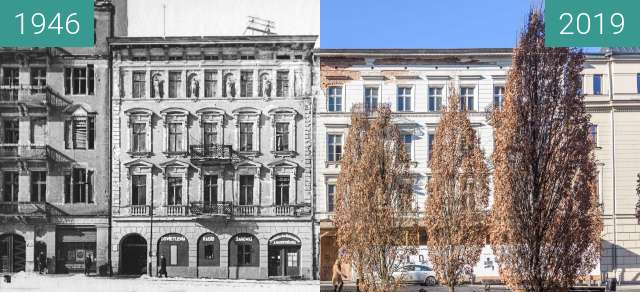
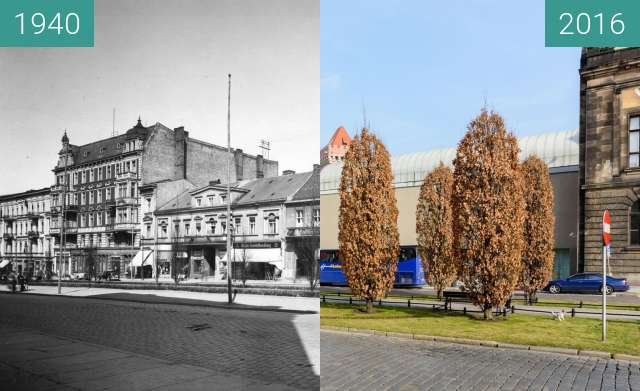
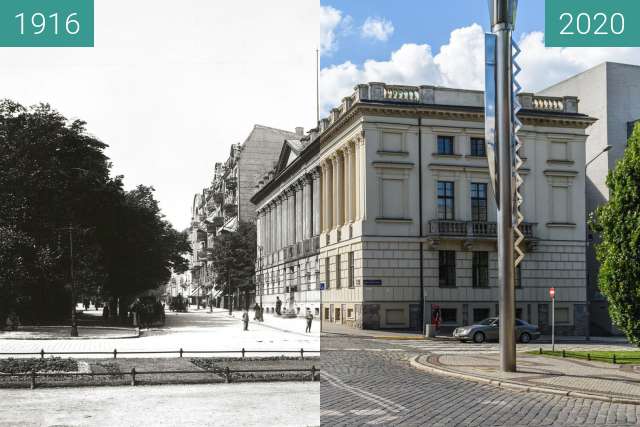
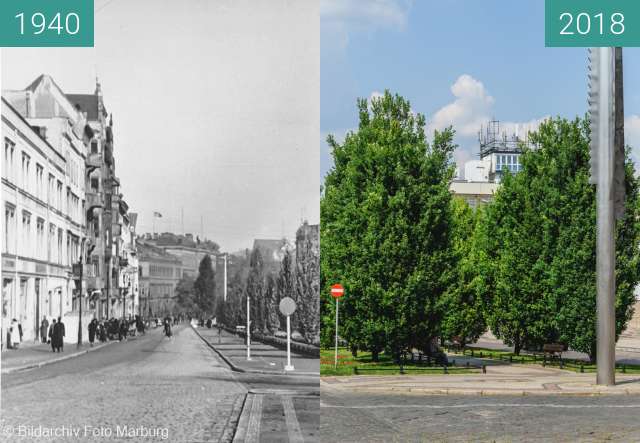
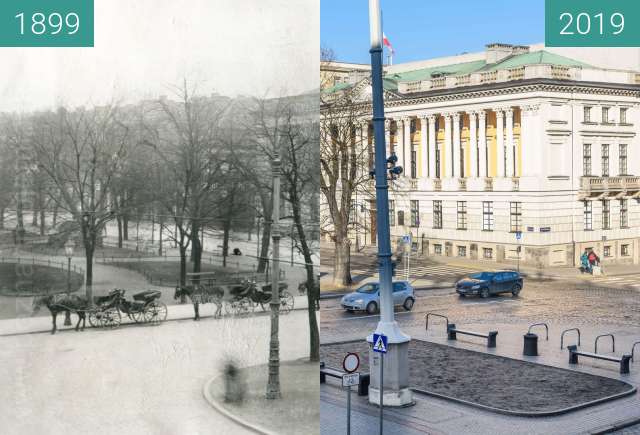
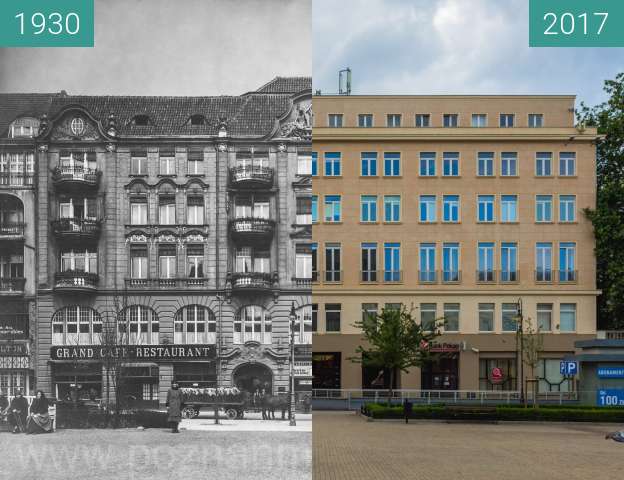
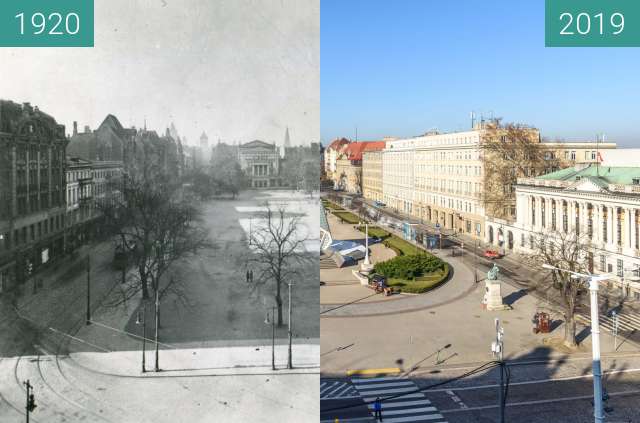
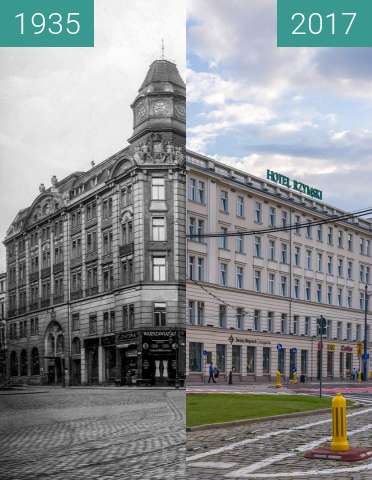
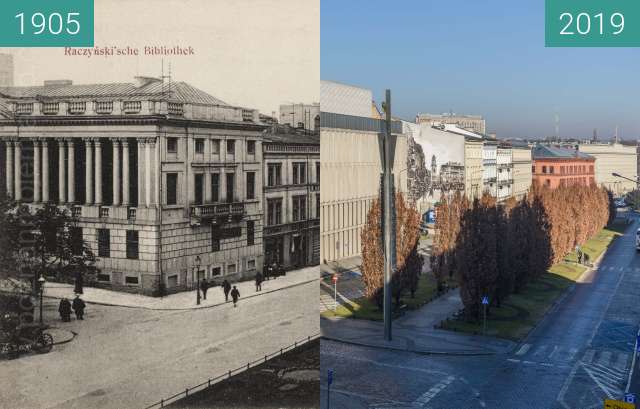
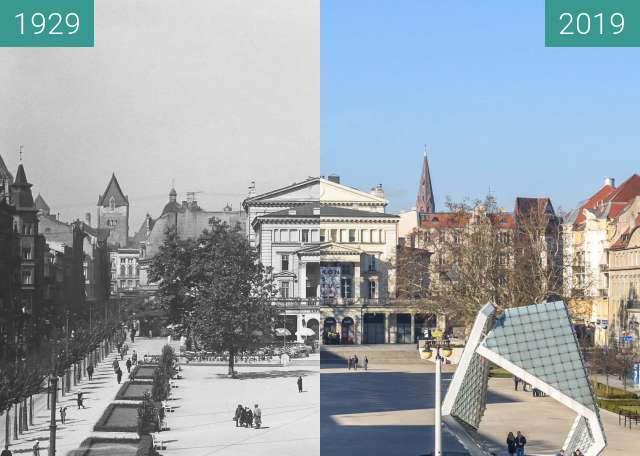
Aleje Karola Marcinkowskiego (dawniej: ulica Wilhelmowska) – reprezentacyjna ulica w centrum Poznania, przebiegająca na osi północ-południe, od ul. Solnej na północy do ul. Święty Marcin na południu. W centralnym punkcie przechodzi wschodnim skrajem placu Wolności. Liczy 650 metrów długości.
Aleje powstały z końcem XVIII wieku (1794-1798), ale już wcześniej istniał tutaj trakt komunikacyjny. Obecna forma wiąże się z powstaniem tzw. nowego miasta, na zachód od Starego Miasta. Autorem tej szeroko zakrojonej koncepcji był David Gilly, autor wielu dzieł na terenie Niemiec (m.in. Brunszwik i Poczdam). Nadał ulicy charakter głównej promenady miejskiej o szerokości 30 metrów, długości 643,7 metra (2050 stóp), o dwóch jezdniach, z czterema rzędami topoli piramidalnych oraz kasztanowców i trasą spacerową w środku. Wzorem była dla niego berlińska aleja Unter den Linden.
Aleje, z uwagi na swoją rangę, zaczęły „obrastać” reprezentacyjnymi gmachami od lat 20. XIX wieku i były to w dużej części obiekty związane z polskim życiem gospodarczym i kulturalnym.
Aleje obsadzone były zawsze szpalerem drzew, częściowo wygrodzonym drewnianym opłotowaniem, celem umożliwienia spokojnych spacerów. Od 1900 do 1902 zmieniono koncepcję wysadzenia drzew - ulicę podzielono na trzy odcinki, każdy z innym gatunkiem (co roku). Od południa były to: platany, wiązy i lipy holenderskie. Kupiec Gustaw Kronthal ufundował miastu w 1884 budkę meteorologiczną z licznymi przyrządami. W pobliżu stała też drewniana pijalnia wód mineralnych, potem przesunięta w inne miejsce.
W 1927 między ulicami Podgórną i Paderewskiego założono szeroką promenadę z rzędami kasztanowców. Po II wojnie światowej Aleje uległy głębokim przemianom urbanistycznym, związanym z planowaną w ich osi Trasą Piekary. Przyniosło to określone uszczerbki w substancji architektonicznej ulicy. W początkach XXI wieku rozpoczęto rewitalizację traktu, m.in. ułożono nową promenadę z kostki, nasadzono dęby piramidalne i ustawiono nowe pomniki.
Źródło: https://pl.wikipedia.org/wiki/Aleje_Karola_Marcinkowskiego_w_Poznaniu
Aleja Karola Marcinkowskiego (formerly: Wilhelmowska Street) - a representative street in the center of Poznań, running along the north-south axis from ul. Solna in the north to ul. Saint Martin in the south. In the central point it passes along the eastern edge of Plac Wolności. It is 650 meters long.
The alleys were built at the end of the 18th century (1794-1798), but there was already a communication route here. The current form is associated with the creation of the so-called new city, west of the Old Town. The author of this broad concept was David Gilly, author of many works in Germany (including Braunschweig and Potsdam). He gave the street the character of the main city promenade, 30 meters wide, 643.7 meters (2050 feet) long, with two carriageways, with four rows of pyramidal poplars and chestnut trees and a walking route in the middle. The model was Berlin Avenue Unter den Linden.
Alleys, due to their rank, began to "grow" in representative buildings from the 1820s and were largely objects related to Polish economic and cultural life.
The avenues were always planted with a row of trees, partly fenced with wooden fencing to allow for quiet walks. From 1900 to 1902 the concept of planting trees was changed - the street was divided into three sections, each with a different species (every year). From the south they were: plane trees, elms and Dutch limes. The merchant Gustaw Kronthal founded a meteorological booth with numerous instruments in 1884. There was also a wooden mineral water pump room nearby, then moved to another place.
In 1927, a wide promenade with rows of chestnut trees was established between Podgórna and Paderewskiego streets. After World War II, Aleje underwent profound urban changes related to the Piekary Route planned in their axis. This caused certain damage to the architectural substance of the street. At the beginning of the 21st century, revitalization of the road began, including a new promenade of cubes was laid, pyramidal oaks were planted and new monuments were erected.
Source: https://pl.wikipedia.org/wiki/Aleje_Karola_Marcinkowskiego_w_Poznaniu